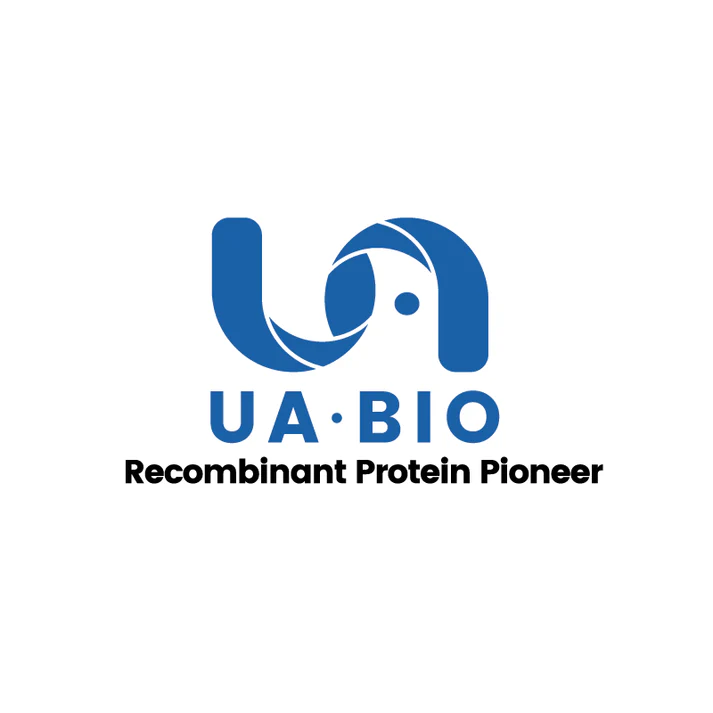Measured in a cell proliferation assay using MC/9-2 mouse mast cells. The EC50 for this effect is less than 1.5ng/ml.
Product Details
Product Details
Product Specification
| Species | Feline |
| Synonyms | Interleukin-10, Cytokine synthesis inhibitory factor(CSIF) |
| Accession | P55029 |
| Amino Acid Sequence | Ser19-Asn175 |
| Expression System | E.coli |
| Molecular Weight | 18kDa (Reducing) |
| Purity | >95% by SDS-PAGE |
| Endotoxin | <0.1EU/μg |
| Conjugation | Unconjugated |
| Tag | No Tag |
| Physical Appearance | Lyophilized Powder |
| Storage Buffer | 20mM Tris, 300mM NaCl, pH8.0 |
| Reconstitution | Reconstitute at 0.1-1 mg/ml according to the size in ultrapure water after rapid centrifugation. |
| Stability & Storage | · 12 months from date of receipt, lyophilized powder stored at -20 to -80℃. · 3 months, -20 to -80℃ under sterile conditions after reconstitution. · 1 week, 2 to 8℃ under sterile conditions after reconstitution. · Please avoid repeated freeze-thaw cycles. |
| Reference | 1. Kim JM, Brannan CI, Copeland NG, et al. 1992. J Immunol. 148:3618-23. |
Background
Interleukin 10(IL10), also known as cytokine synthesis inhibitory factor (CSIF), is a secreted protein and belongs to the IL-10 family. IL-10 is secreted by many activated hematopoietic cell types as well as hepatic stellate cells, keratinocytes, and placental cytotrophoblasts. IL-10 is an anti-inflammatory TH2 cytokine that has a critical role in limiting the immune response to pathogens to prevent host damage. As IL-10 in produced in several T helper populations, it is proposed that it provides a feedback loop to limit the effector functions of macrophages and DCs on T cells. Once expressed, IL-10 signals through the IL-10 receptor (IL-10R) to activate STAT3. As IL-10 is a strong inhibitor of inflammation, it has become a viable biomarker for various diseases and conditions as well as a therapeutic molecule for certain conditions. In addition to elevated levels in parasitic infection, high expression levels of IL-10 are also found in retroviral infections inducing immunodeficiency. The immunosuppressive properties of IL-10 suggest a possible clinical use of IL-10 in suppressing rejections of grafts after organ transplantations.
Picture
Picture
Bioactivity
SDS-PAGE
2μg (R: reducing condition, N: non-reducing condition).


